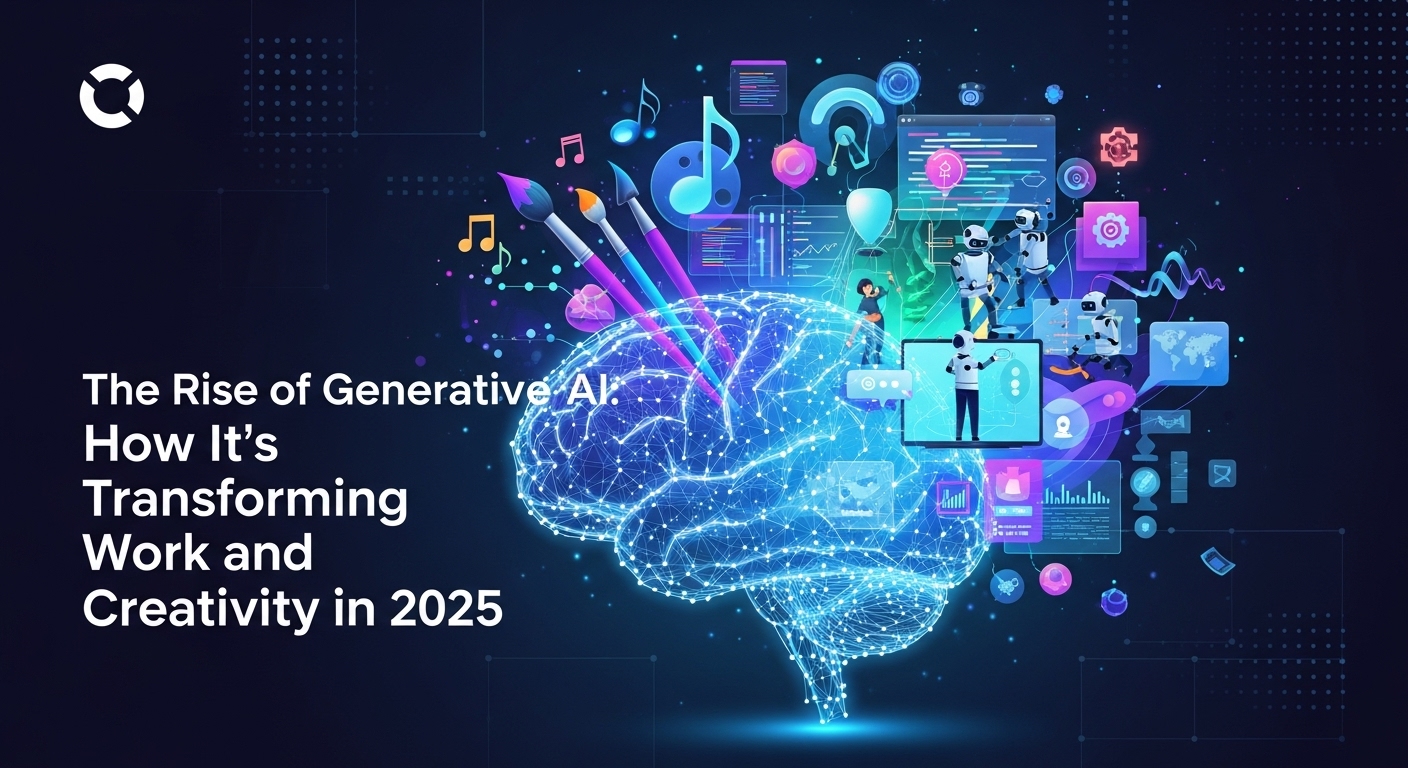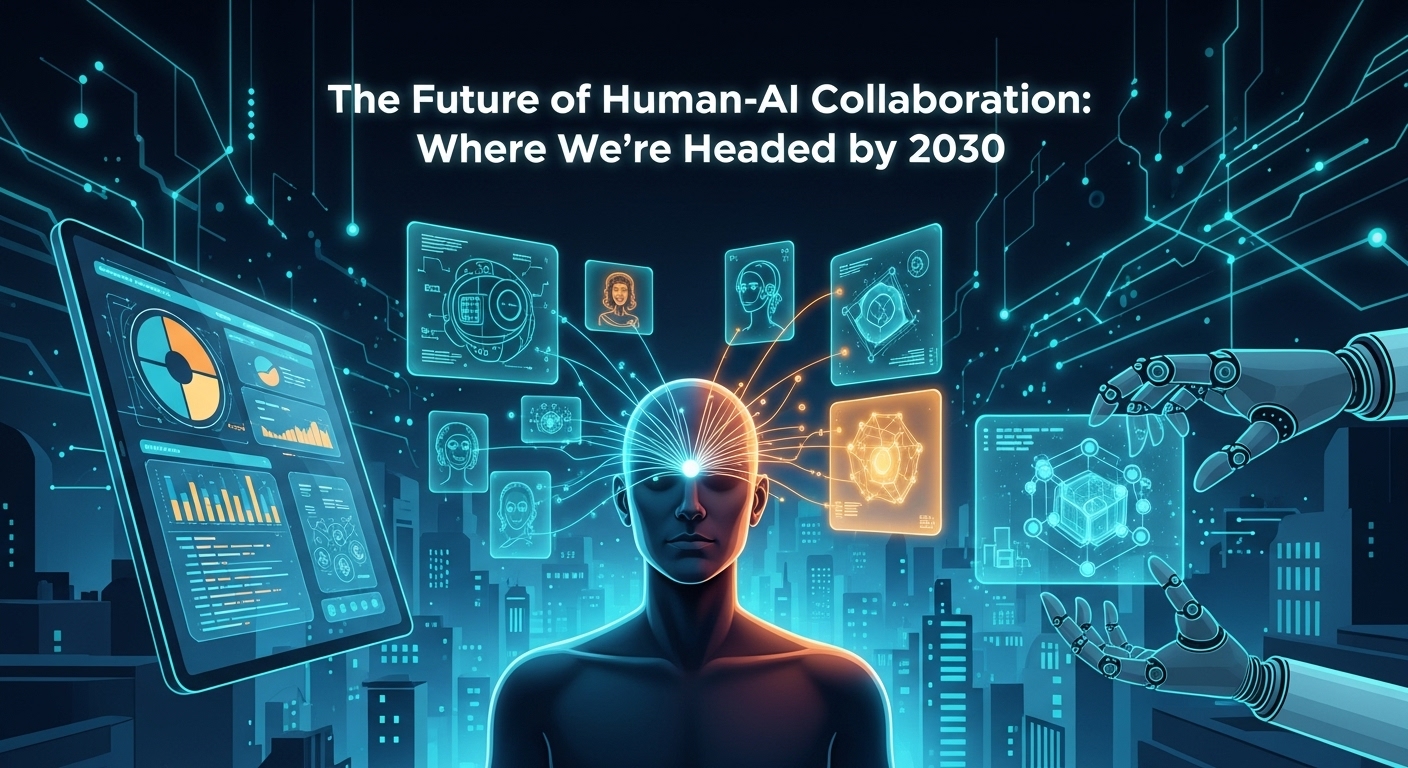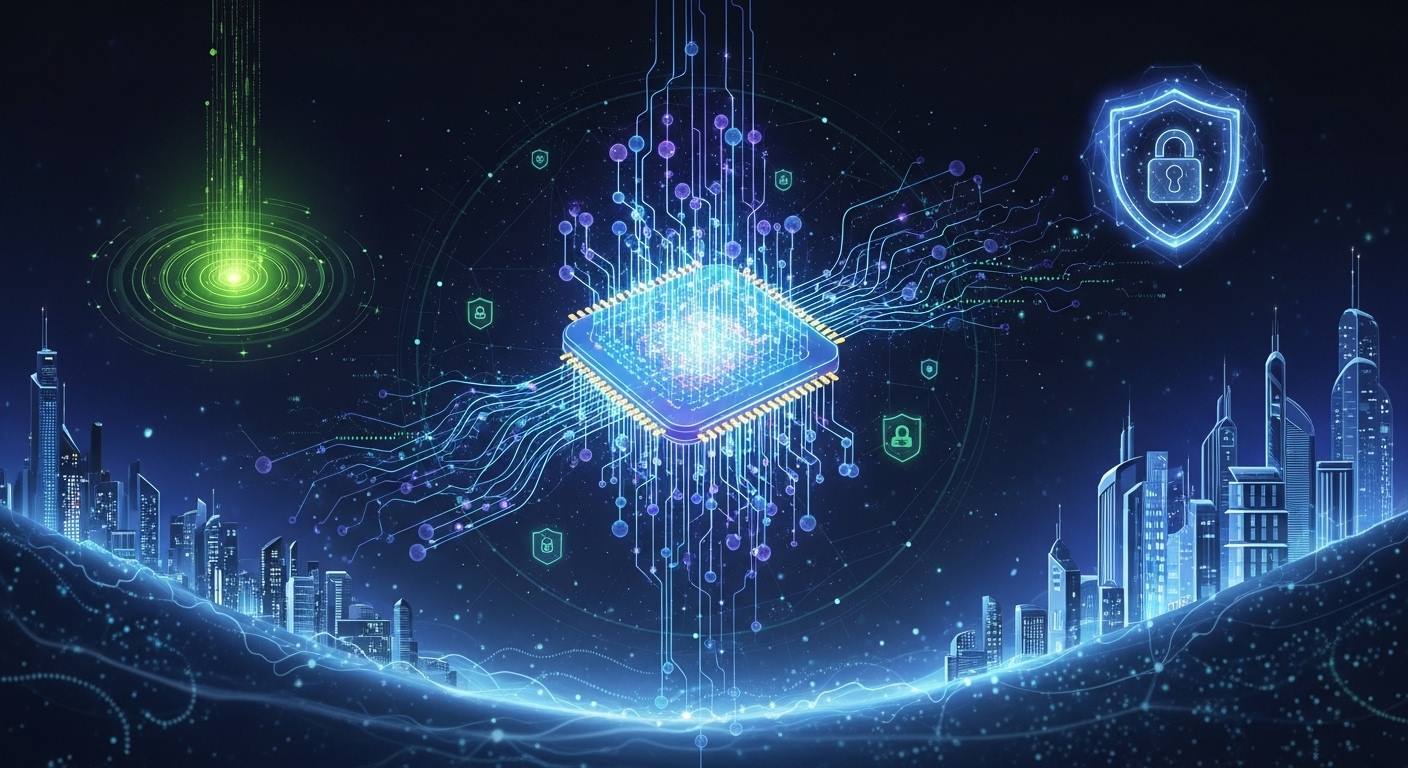What Exactly is Generative AI?
Before we dive into the deep end, let’s establish what we’re talking about. For years, AI was primarily ‘discriminative.’ It was brilliant at classifying data—telling you if an image contained a cat or a dog, or if an email was spam. Generative AI, as the name suggests, does the opposite. It doesn’t just analyze; it creates. It learns the underlying patterns and structures from vast datasets of text, images, code, and sound, and then uses that knowledge to generate entirely new, original content.
Think of it like this: a discriminative AI is an art critic who can identify a Van Gogh. A generative AI is an artist who, having studied every Van Gogh, can paint a new piece in his style. This category of AI includes large language models (LLMs) like OpenAI’s GPT series, image generators like Midjourney and DALL-E, and code assistants like GitHub Copilot. They are the engines driving a paradigm shift, moving AI from a passive analytical tool to an active creative partner.
The Transformation of the Modern Workplace
The whispers of AI taking over jobs have turned into a full-throated conversation about AI transforming jobs. By 2025, the integration of generative AI isn’t a futuristic concept; it’s a competitive necessity. The impact is being felt across every department, from marketing to engineering.
Automating the Mundane, Amplifying the Human
Let’s be honest: a significant portion of any job involves repetitive, often tedious tasks. Generative AI excels at absorbing this drudgery. Think about the hours spent summarizing long meeting transcripts, drafting routine emails, or generating weekly performance reports. AI can now handle these tasks in seconds, freeing up human talent to focus on what they do best: strategic thinking, complex problem-solving, and building relationships.
For example, a project manager can use an AI tool to instantly generate project timelines, risk assessments, and stakeholder communications from a simple brief. This doesn’t replace the manager; it empowers them, giving them the data and the time to manage their team more effectively and foresee strategic challenges.
A New Era of Content and Code Creation
The world runs on content and code, and generative AI is a supercharger for both. Marketers are using AI to brainstorm ad copy, write blog post drafts, and create social media calendars. The speed at which ideas can be generated and iterated upon is staggering. A single marketing professional can now produce the output of a small team, testing dozens of campaign angles in the time it used to take to write one.
In the world of software development, the change is just as profound. Tools integrated into developers’ coding environments can suggest lines of code, complete entire functions, and even identify bugs before they are written. This drastically reduces development time and lowers the barrier to entry, allowing developers to build more complex and robust applications faster than ever before. This is a prime example of how this emerging tech is not just an add-on but a fundamental change to core workflows.
Redefining Roles: The Rise of the AI Collaborator
The fear of job replacement is slowly being replaced by the reality of job evolution. We are entering the era of the ‘centaur’ workforce—a hybrid model where human intelligence and AI power work in synergy. The most valuable professionals in 2025 will be those who can effectively prompt, guide, and critique AI-generated outputs. The new critical skills are not about doing the task, but about knowing how to ask the AI to do the task correctly. This involves prompt engineering, critical evaluation of AI results, and ethical oversight. The job of the future is less about being a lone genius and more about being a brilliant conductor of an AI orchestra.
Unleashing a Tsunami of Creativity
While the impact on workplace productivity is immense, the most exciting frontier for generative AI is its ability to augment and inspire human creativity. It’s a tool that can break through creative blocks, explore unimagined possibilities, and democratize artistic expression.
Art and Design Reimagined
Artists, designers, and filmmakers are using generative AI as a new kind of canvas. They can generate dozens of visual concepts for a movie poster in minutes, create fantastical landscapes for a video game, or even design unique textile patterns for a fashion line. This isn’t about replacing the artist; it’s about providing them with an infinitely powerful brainstorming partner. The human artist remains the curator, the visionary who guides the tool and imbues the final product with emotion, narrative, and meaning. AI can generate an image, but the artist tells the story.
Accelerating Scientific Discovery and Innovation
Creativity isn’t limited to the arts. In science and engineering, generative models are being used to tackle some of humanity’s biggest challenges. AI can design new protein structures to create life-saving drugs, generate novel molecular compositions for more efficient batteries, and simulate complex climate models to find solutions for sustainability. By processing and modeling data on a scale far beyond human capacity, generative AI can uncover patterns and propose solutions that scientists might have taken decades to find, accelerating the pace of innovation exponentially.
Personalized Entertainment and Media
The future of media is personal. Generative AI is paving the way for hyper-personalized content. Imagine a video game where the world, its characters, and its quests are generated uniquely for you based on your play style. Or a news service that doesn’t just curate articles but summarizes them into a personalized daily briefing in your preferred format—text, audio, or video. This technology allows for a level of customization and engagement that was previously the stuff of science fiction.
Navigating the Challenges and Ethical Considerations
With great power comes great responsibility. The rapid rise of generative AI is not without its significant challenges, and navigating them thoughtfully is crucial for a positive future.
The Question of Authenticity and Copyright
If an AI creates a piece of art, who owns it? The user who wrote the prompt? The company that built the AI? The owners of the data it was trained on? These are complex legal and ethical questions being debated in courtrooms and boardrooms around the world. Furthermore, the rise of deepfakes and AI-generated misinformation poses a serious threat to trust and social cohesion, requiring new methods of verification and digital literacy.
Bias in AI Models
AI models are a reflection of the data they are trained on. If that data contains historical biases related to race, gender, or culture, the AI will learn and perpetuate them. Ensuring that generative AI is developed and deployed equitably is a critical challenge. It requires a conscious effort to use diverse and representative datasets and to continuously audit models for biased outputs.
The Future is Here: Are You Ready?
Generative AI is no longer a fringe technology discussed only in Silicon Valley labs. It is a foundational force that is actively reshaping our world in 2025. It’s a productivity multiplier in the workplace and a boundless wellspring for creativity across all disciplines. Like the internet or the smartphone before it, this is not a trend you can afford to ignore.
The key is not to fear it, but to understand it. The winners of this new era will not be the ones who can do the old tasks faster, but those who can leverage these powerful new tools to ask bigger questions, solve harder problems, and create in ways we’ve only just begun to imagine. Start learning. Start experimenting. The future of work and creativity is being generated right now—it’s time to become a part of the process.


